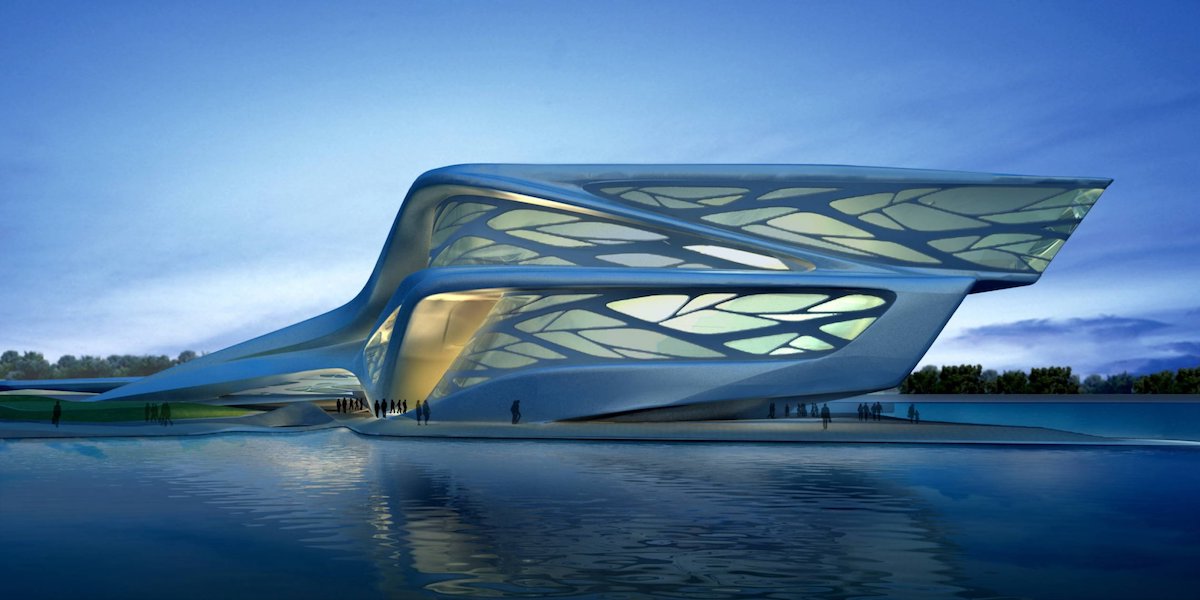Artificial intelligence is on the rise, and it already has a significant impact on architecture and design. Artificial intelligence will impact these industries even more as the technology matures.
Artificial intelligence is a powerful tool for any architect. While AI is still far from its full potential, it’s developing fast. And in the future, AI is going to grow even more powerful, making it even more valuable.
Besides architecture and design, artificial intelligence will impact many other industries and professions. This article goes over a number of ways that AI impacts architectural design today, including its possible future impacts.
The List
Artificial intelligence already has a big influence on architecture, which will continue to grow in the coming years. Here’s a list of the biggest current and potential impacts:
1. Higher building efficiency
2. Faster workflows
3. Reduced research load
4. Risk mitigation
5. Fewer cost overflows
6. Increased productivity
7. Overcoming labour shortages
Let’s go into detail for each of them.
Higher Building Efficiency
There was a time when it took a lot of time to get information about material ratings, weather, temperature, and such. Architects nowadays have all that data readily available, thanks to advanced software tools.
AI software packages allow architects to make calculations faster than before. That speeds up the building process and makes it more efficient.
Advanced technology allows architects to include sustainability in their projects from the start. They can now plan for stormwater management systems and smart lighting, for instance.
The advancement of AI has allowed smaller companies to take on bigger projects, unlike how it was before. Not only that, the availability of huge amounts of data on the internet also makes it all easier.
Faster Workflows
Back in the day, the emergent CAD (computer-aided design) software was revolutionary in building design. It cut down on the time needed to design and construct a building by a large margin. It also reduced the associated costs.
Improving on that, recent developments in AI brought about BIM (building information modelling). BIM software takes things to the next level and allows even faster workflows than CAD.
BIM can work with other programs to give the architect a complete picture of the building. That includes everything from concept design to maintenance and operation. Potential demolition and renovation plans are also part and parcel.

Reduced Research Load
Architects need to conduct extensive research before they can start a project. It can take many hours and days for an architect to understand a client’s plan. And, it can take extra time to research similar past projects.
Today, an architect can reduce the time needed for research and spend more time on the design. Artificial intelligence makes it possible. How?
AI can take in vast amounts of data in a short amount of time, taking advantage of the immense processing power of today. It can research and test many solutions in parallel without breaking a sweat. That can enable an almost effortless conceptual design.
Risk Mitigation
When it comes to architecture and design, artificial intelligence can also help reduce risks. And here are many types of risk, such as safety, cost, and quality risks. As a rule of thumb, bigger projects have more risks.
But how can AI help mitigate those risks?
General contractors can use AI to examine and rank the risks on-site. They’ll be able to save valuable time and focus their energy, workforce, and money on proper priorities.
Meanwhile, contractors can also use AI to evaluate subcontractors and their performances. They can also assign their managers to work closely with teams that rank high on the list.
Fewer Cost Overflows
Every development project has a chance of going over budget. That’s especially true for the biggest projects because it’s hard to predict all of the costs. Also, it’s nearly impossible to predict all the potential pitfalls.
AI can already predict overflows pretty well. It uses factors, such as contract type and project size, to make its calculations. It also takes the competence and the skill of project managers into account.
Artificial intelligence can use data from similar projects of the past to estimate the current project. It can also help employees improve their skills.
That’s how AI shortens project timelines and cuts project costs.
Increased Productivity
Productivity is one of the essential aspects of the construction industry. That’s why all construction companies are striving to increase performance in this area.
AI can take things to a new level.
Some companies already have machines that can do repetitive tasks better than humans. For example, bricklaying, concrete pouring, and demolition machines are already in extensive use.
The use of machines for repetitive tasks allows humans to switch to actual construction tasks. It also makes it easier for site managers to track things. Some companies are already using onsite cameras with facial recognition to increase productivity.
Overcoming Labour Shortages
AI can help companies that are short on staff. For example, if a company is working on several sites, AI can track the performance of workers and machines at each site in real-time. That can let site managers decide in an instant where to deploy available workers.
This aspect of AI use is still far from its full potential. But it will gain in prominence as the technology continues to grow.
The Future of Artificial Intelligence Looks Bright
When it comes to architecture and design, artificial intelligence is making a huge impact. The significance will continue to grow with time and as AI becomes more powerful. And the increase in power and autonomy will allow construction companies to use it in an even broader range of roles.
If you want to see what artificial intelligence can do for you now, you’ll want to try Archistar. The platform puts a wide range of AI tools and services at your disposal today. The services range from 3D modelling, project assessment, and building design.
Get started for free: [https://test.archistar.ai/]

